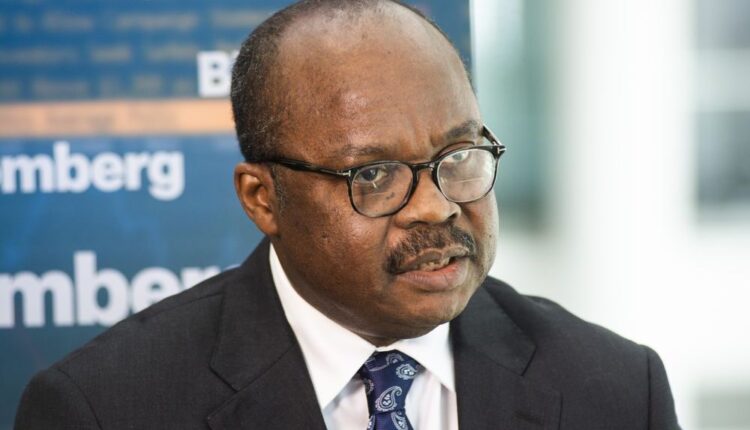GH¢19bn still unretrieved from defunct financial institutions – Addison
Of the GH¢21 billion used to ensure depositors’ funds are protected after the Bank of Ghana introduced reforms which led to the collapse of some financial institutions, just about one-tenth of that amount, or GH¢2 billion, has been recovered so far, leaving an astronomical GH¢19 billion yet to be retrieved, Governor of the central bank, Dr. Ernest Addison has said.
Answering a question from the B&FT during the governor’s virtual press conference in Accra about the status of assets retrieved so far to compensate for the enormous amount spent on the exercise, Dr. Addison said the process of doing so has become quite cumbersome, hence, only GH¢2billion, which is less than 10 percent of that money has been recovered; adding, he is confident that with time, substantial amount will be recovered from shareholders and directors of the defunct institutions.
“The data we have on total recoveries is around GH¢2 billion. As we know, the receivers are in court with the shareholders and directors, trying to retrieve the assets of these defunct institutions and it takes time. The wheels of justice in this part of the world grinds slowly so the process of recovery of these assets is more complicated and it takes time but hopefully we are confident that we will get there,” he said.
According to the Finance Minister, Ken Ofori-Atta, government, as of the first quarter of 2020, had spent a total amount of GH¢13.6 billion, which represents 3.5 percent of GDP, on the resolution of failed banks, Specialised Deposit-taking Institutions (SDIs), Microfinance Institutions (MFIs), the establishment of the Consolidated Bank Ghana Limited (CBG), as well as the capitalisation of the Ghana Amalgamated Trust (GAT).
Besides this, a further GH¢5 billion has also been spent on the President’s directives to fully pay all depositors whose funds were locked up with the failed SDIs and MFIs. Then, an additional GH¢3.1 billion has also been spent on supporting investors in failed asset management companies regulated by the Securities and Exchange Commission (SEC). These bring to total GH¢21.6 billion, representing 5.6 percent of GDP, spent so far on paying depositors and restructuring the financial sector.
The finance minister, last week, also justified the amount spent on reforming the sector after accusations from some shareholders and customers of the collapsed financial institutions that, the exercise was done with ill political motive.
“The authorities, with foresight and appreciation of the role of the banking/financial sector to any economy, especially to oil the engine of the private sector, introduced painful but unavoidable reforms to clean up the mess inherited from the previous government. The timely intervention under this administration resulted in the saving of these locked up funds in failed banks.
This was a sobering but necessary action that in total is costing the state in excess of GH¢21 billion of taxpayers’ funds. These are funds that could have been otherwise deployed to support the development agenda of the government.
Let it be said that a serious government, as we are, desperate as we were to fix a broken economy as it was and fund our own programmes, as promised, and as patriotic as we are, had absolutely no thoughts, no time, no energy or the luxury to conspire with the central bank to deliberately cause the downfall of Ghanaian banks that were already in zombie state, fatally insolvent, by the time we took office.
What we did was to merge those that had failed, save those that could be saved with the view to building a strong and viable financial sector with integrity,” he said during the Mid-year Budget presentation in parliament.



